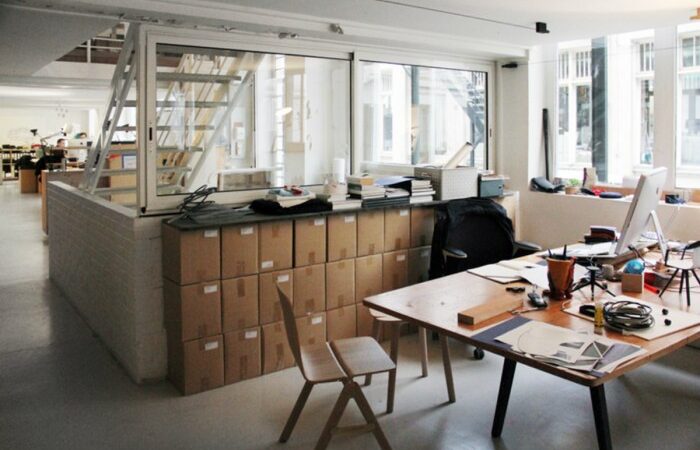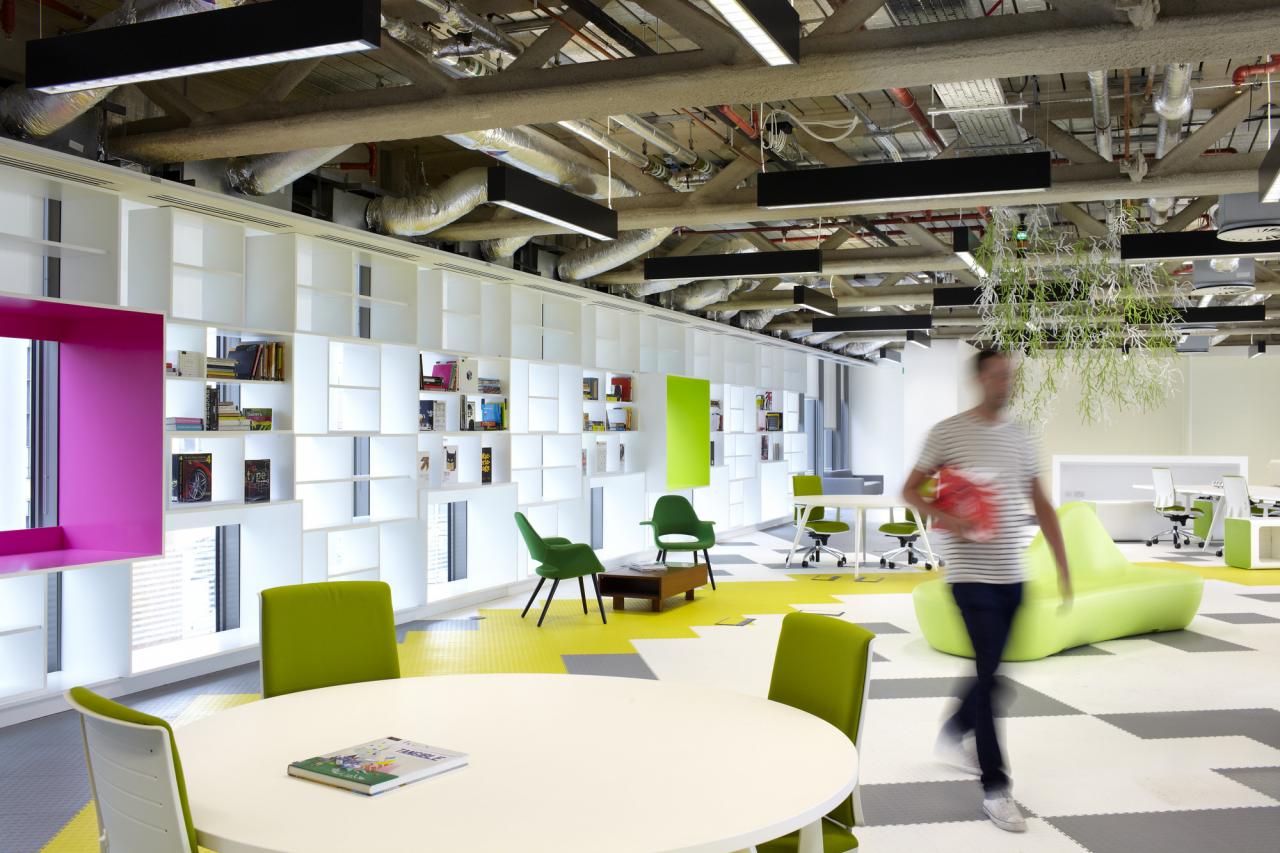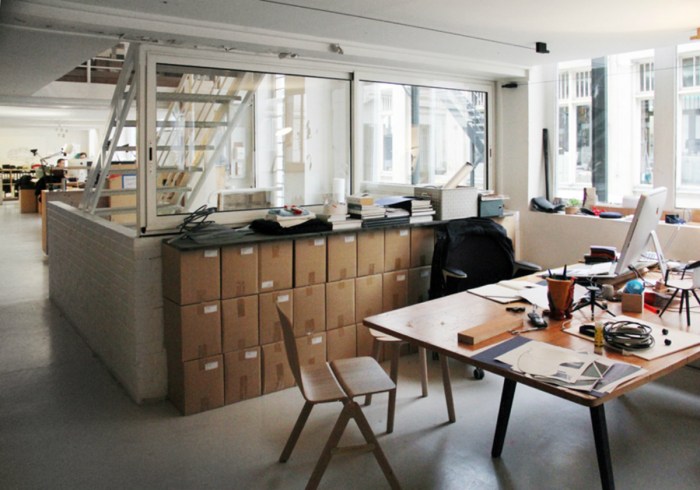Home of Interiors: Designing Spaces for Living

Home of Interiors, a concept that transcends mere aesthetics, delves into the essence of creating spaces that are not only visually appealing but also deeply resonate with our identities and aspirations. This journey into the world of interior design explores the evolution of this concept, its core elements, and the diverse approaches that shape the spaces we call home.
From the historical significance of interior design to the latest trends that shape modern living, this exploration unveils the multifaceted nature of home interiors. It delves into the practicalities of creating functional and aesthetically pleasing spaces, highlighting the importance of selecting furniture, lighting, and materials that reflect our styles and needs.
The Concept of “Home of Interiors”

The term “Home of Interiors” encapsulates the multifaceted world of interior design and its profound influence on our living spaces. It encompasses the art and science of creating functional, aesthetically pleasing, and emotionally resonant environments within the confines of our homes.
Evolution of the Concept
The concept of “Home of Interiors” has evolved significantly throughout history, reflecting changing societal values, technological advancements, and artistic movements. Early civilizations, such as the Egyptians and Romans, developed sophisticated interior design techniques, employing materials like marble, wood, and intricate mosaics to adorn their homes.
The Renaissance saw a renewed interest in classical architecture and design, emphasizing symmetry, proportion, and the use of natural light. The Industrial Revolution brought about new materials and production methods, leading to a shift towards mass-produced furniture and decorative elements.
The rise of modernism in the early 20th century championed simplicity, functionality, and clean lines, while postmodernism embraced eclecticism and a playful approach to design.
Interpretations Across Design Styles and Periods
“Home of Interiors” has been interpreted in diverse ways across different design styles and periods. Some key examples include:
- Victorian Era: This period was characterized by elaborate ornamentation, rich fabrics, and dark wood furniture. Homes were often filled with decorative objects, reflecting a sense of grandeur and status.
- Art Deco: This style emerged in the 1920s and 1930s, emphasizing geometric patterns, luxurious materials, and a sense of glamour. Art Deco interiors often featured bold colors, sleek lines, and a focus on functionality.
- Mid-Century Modern: This style, popular in the 1950s and 1960s, celebrated simplicity, functionality, and organic forms. Mid-century modern homes often featured clean lines, open floor plans, and the use of natural materials like wood and leather.
- Contemporary Design: This style, prevalent in the 21st century, emphasizes minimalism, sustainability, and a focus on individual expression. Contemporary homes often feature open floor plans, neutral color palettes, and a mix of modern and vintage elements.
Key Elements of a “Home of Interiors”
A “Home of Interiors” is more than just a beautifully decorated space; it’s a carefully curated environment that reflects a unique blend of functionality, aesthetics, and personal expression. These three elements work in harmony to create a space that is both visually appealing and deeply personal.
Functionality
Functionality is the backbone of a “Home of Interiors.” It ensures that the space is practical and serves the needs of its occupants. This involves considering the layout, flow, and purpose of each area. For example, a well-designed kitchen should be efficient for cooking and entertaining, while a comfortable living room should be conducive to relaxation and socializing.
- Ergonomics: Furniture and fixtures should be designed for comfort and ease of use. This means selecting chairs with appropriate back support, tables at the right height, and lighting that illuminates tasks without glare. Ergonomics ensures the space is practical and enjoyable to use.
- Storage Solutions: A “Home of Interiors” maximizes storage space to keep the environment organized and clutter-free. This involves incorporating built-in shelves, drawers, and cabinets that seamlessly blend into the design while providing practical solutions for storing belongings.
- Traffic Flow: The layout of the space should facilitate smooth movement and avoid congestion. This involves considering the placement of furniture and doorways to ensure easy access and a comfortable flow between different areas.
Aesthetics
Aesthetics is the visual appeal of a “Home of Interiors.” It’s about creating a space that is visually pleasing and reflects the homeowner’s taste and style. This involves considering the color palette, furniture choices, lighting, and overall ambiance.
- Color Palette: A carefully chosen color palette can create a desired mood and enhance the overall aesthetic. Neutral colors, such as white, gray, and beige, provide a clean and timeless backdrop, while bold colors can add pops of personality and energy.
- Furniture: Furniture plays a crucial role in defining the style and functionality of a space. Selecting pieces that are both aesthetically pleasing and comfortable is essential. Furniture can be used to create focal points, define areas, and enhance the overall flow of the space.
- Lighting: Lighting is a powerful tool for enhancing the aesthetics of a “Home of Interiors.” Different types of lighting can create various moods and highlight specific features. For example, natural light can create a bright and airy ambiance, while warm ambient lighting can create a cozy and inviting atmosphere.
- Materials: The choice of materials significantly impacts the aesthetics and functionality of a space. Natural materials, such as wood, stone, and leather, often add warmth and texture, while modern materials like metal and glass can create a sleek and contemporary feel.
Personal Expression
Personal expression is what makes a “Home of Interiors” truly unique. It’s about reflecting the homeowner’s personality, interests, and lifestyle through design choices. This can be achieved through incorporating personal items, artwork, and decorative elements that hold meaning and significance.
- Art and Decor: Artwork, sculptures, and decorative objects can be used to add personality and interest to a space. These items can be chosen based on personal preferences, hobbies, or travel experiences.
- Personal Touches: Incorporating personal items, such as family photos, souvenirs, or collections, can add warmth and character to a space. These items create a sense of history and connection, making the home feel truly personal.
- Style and Trends: While personal expression is key, it’s also important to consider current design trends and styles. A “Home of Interiors” often blends personal preferences with contemporary design elements to create a space that is both timeless and relevant.
Creating a “Home of Interiors”
Transforming a space into a “Home of Interiors” requires a blend of creativity, planning, and a keen eye for detail. It’s about curating an environment that not only reflects your style but also tells a story through its carefully chosen elements.
This involves a thoughtful approach to every aspect of design, from furniture selection to lighting and color palettes.
Selecting Furniture, Fixtures, and Décor, Home of interiors
The furniture, fixtures, and décor you choose form the foundation of your “Home of Interiors.” They define the overall aesthetic, functionality, and narrative of the space.
- Consider the Style: Start by identifying the overarching style you want to achieve. Do you envision a minimalist, contemporary, traditional, or eclectic space? This will guide your furniture choices. For instance, a minimalist interior might favor sleek lines and neutral colors, while a traditional space might embrace ornate details and warm tones.
- Prioritize Functionality: Remember that furniture serves a purpose. Choose pieces that cater to your lifestyle and the way you use the space. A comfortable sofa is essential for a living room, while a spacious dining table is key for a dining area.
- Incorporate Statement Pieces: A few strategically placed statement pieces can elevate the overall look. These could be a unique armchair, a captivating sculpture, or a statement light fixture. These elements add personality and visual interest to the space.
- Embrace Texture and Pattern: Texture and pattern add depth and visual appeal. Consider incorporating a variety of materials, such as wood, metal, fabric, and natural elements. A patterned rug can ground a space, while textured throw pillows can add warmth and comfort.
The Role of Lighting and Color
Lighting and color play a crucial role in shaping the mood and atmosphere of a “Home of Interiors.” They can create a sense of warmth, tranquility, or energy, depending on the choices you make.
- Layered Lighting: Instead of relying solely on overhead lighting, incorporate a mix of ambient, task, and accent lighting. Ambient lighting provides overall illumination, task lighting illuminates specific areas for activities, and accent lighting highlights specific features or artwork.
- Color Psychology: Colors evoke emotions and influence the feel of a space. Warm colors like red, orange, and yellow tend to create a sense of energy and warmth, while cool colors like blue, green, and purple promote calmness and tranquility. Consider the desired mood when choosing your color palette.
- Color Balance: While a bold color can create a focal point, a balanced color scheme is essential. Use a dominant color, a secondary color, and an accent color to create visual harmony.
Styles and Trends in “Home of Interiors”

The concept of “Home of Interiors” embraces various design styles, each with its unique aesthetic and approach to creating a comfortable and inviting space. Understanding these styles and the latest trends is crucial for homeowners and interior designers alike, as it allows for the creation of personalized and functional living environments.
Prominent Design Styles
Different design styles offer distinct approaches to creating a “Home of Interiors.” Each style emphasizes specific elements, materials, and color palettes, shaping the overall atmosphere and character of the space.
- Minimalist: Minimalist design prioritizes simplicity, functionality, and clean lines. It emphasizes a streamlined aesthetic with minimal clutter, often featuring neutral color palettes, natural materials, and a focus on essential furniture pieces. Examples of minimalist design elements include open floor plans, built-in storage solutions, and limited use of decorative items.
- Scandinavian: Scandinavian design, known for its warmth and functionality, incorporates natural elements like wood, light colors, and textiles. It emphasizes a sense of comfort and coziness, often featuring soft textures, comfortable seating, and natural light. Scandinavian design often uses a neutral color palette with pops of color in accents and accessories.
- Contemporary: Contemporary design embraces modern aesthetics, featuring clean lines, geometric shapes, and a focus on functionality. It often incorporates bold colors, metallic accents, and innovative materials. Contemporary interiors tend to be open and airy, with a focus on maximizing space and light.
- Traditional: Traditional design draws inspiration from historical styles, often featuring ornate details, rich colors, and a focus on craftsmanship. It embraces classic furniture pieces, patterned textiles, and decorative elements that evoke a sense of history and elegance. Traditional interiors often feature a mix of textures and materials, creating a warm and inviting atmosphere.
Latest Trends and Innovations
The world of interior design is constantly evolving, with new trends and innovations emerging regularly. These trends often reflect changing lifestyles, technological advancements, and evolving aesthetic preferences.
- Biophilic Design: This trend emphasizes incorporating natural elements into interior spaces, promoting well-being and a connection to nature. Biophilic design features elements like plants, natural materials, and natural light, creating a calming and restorative atmosphere.
- Smart Home Technology: Smart home technology is increasingly integrated into interior design, offering convenience, efficiency, and enhanced functionality. This includes features like automated lighting, temperature control, and security systems, creating a seamless and personalized living experience.
- Sustainable Materials: The growing awareness of environmental concerns has led to an increased focus on sustainable materials in interior design. This includes using recycled materials, eco-friendly paints, and sustainable furniture made from responsibly sourced wood.
- Multifunctional Spaces: Modern lifestyles often require flexible and multifunctional spaces. This trend sees the integration of different functions within a single room, such as combining a home office with a living area or creating a play area within a bedroom.
Inspiration for “Home of Interiors”
The design of a “Home of Interiors” is a captivating journey that often draws inspiration from various sources. From the masterful works of renowned designers to the captivating beauty of natural landscapes, inspiration can be found in numerous places.
Renowned Interior Designers and Architects
This section delves into the world of renowned interior designers and architects who have shaped the concept of “Home of Interiors” through their innovative designs. Their expertise and vision serve as a source of inspiration for aspiring designers and homeowners alike.
- Kelly Wearstler: Known for her bold use of color, pattern, and texture, Kelly Wearstler has created iconic “Home of Interiors” that are both luxurious and inviting. Her work often blends modern and traditional elements, resulting in spaces that are both timeless and sophisticated.
- Jonathan Adler: Jonathan Adler is renowned for his playful and eclectic approach to interior design. His “Home of Interiors” is characterized by vibrant colors, bold patterns, and a touch of whimsy. Adler’s designs are often inspired by mid-century modernism, with a focus on functionality and comfort.
- Nate Berkus: Nate Berkus is known for his warm and inviting designs. His “Home of Interiors” is characterized by a sense of comfort, functionality, and timeless elegance. Berkus’s designs often incorporate natural materials and textures, creating a sense of calm and tranquility.
- Bjarke Ingels: Bjarke Ingels, a renowned architect, has pushed the boundaries of architectural design with his innovative and sustainable approach. His work often incorporates elements of nature, creating spaces that are both functional and aesthetically pleasing. Ingels’s designs often blur the lines between architecture and interior design, creating a seamless flow between the two.
The Impact of “Home of Interiors”

A well-designed home interior can have a profound impact on our lives, extending beyond mere aesthetics. It shapes our emotional well-being, influences our social interactions, and even reflects our identities. This section explores the multifaceted impact of “Home of Interiors” on individuals and society.
The Psychological and Emotional Impact of “Home of Interiors”
A well-designed home can positively influence our psychological and emotional states. Studies have shown that carefully curated interiors can promote feelings of calm, comfort, and security.
- Color Psychology: Color plays a crucial role in creating specific moods. For instance, calming blues and greens can create a sense of peace, while warm yellows and oranges can evoke feelings of happiness and energy.
- Natural Light: Adequate natural light is essential for mental well-being. It can improve mood, reduce stress, and enhance focus.
- Open Spaces: Spacious and uncluttered interiors can promote feelings of openness and freedom, reducing feelings of claustrophobia and anxiety.
- Personal Touches: Incorporating personal elements, such as family photos, artwork, and cherished objects, can create a sense of belonging and identity, fostering feelings of warmth and comfort.
The Relationship Between “Home of Interiors” and Well-being
A harmonious home environment is directly linked to overall well-being. Research suggests that a well-designed interior can contribute to better sleep, reduced stress levels, and improved mental clarity.
- Sleep Quality: A comfortable bedroom with minimal distractions, such as noise and light, can significantly improve sleep quality. This, in turn, enhances overall well-being, as good sleep is essential for physical and mental health.
- Stress Reduction: A calm and organized home can create a sense of control and order, reducing stress levels. Clutter, on the other hand, can contribute to feelings of overwhelm and anxiety.
- Mental Clarity: A well-designed home can promote focus and concentration. By creating dedicated spaces for work or study, it can enhance productivity and mental clarity.
The Social and Cultural Significance of “Home of Interiors”
“Home of Interiors” transcends mere aesthetics; it reflects our values, beliefs, and cultural influences. It shapes how we understand “home” and our identities.
- Cultural Influences: Different cultures have distinct design preferences and interpretations of “home.” For instance, minimalist design is often associated with modern Japanese culture, while Victorian-era homes are characterized by ornate details and grandeur.
- Personal Identity: The choices we make in designing our homes express our personalities, interests, and aspirations. It becomes a visual representation of our personal narrative.
- Social Interactions: Our homes are often the setting for social gatherings and interactions. The design of our interiors can influence the mood and flow of these interactions, shaping our relationships with others.
Ultimate Conclusion
As we conclude our exploration of home interiors, we are left with a profound appreciation for the transformative power of design. A well-designed home is not just a place to live, but a sanctuary that nourishes our well-being, inspires our creativity, and ultimately, reflects the stories we want to tell about ourselves.
Whether you are a seasoned design enthusiast or just beginning to explore the possibilities of creating a truly personal space, the principles of the home of interiors offer a framework for creating environments that enhance our lives in meaningful ways.
Comments are closed.